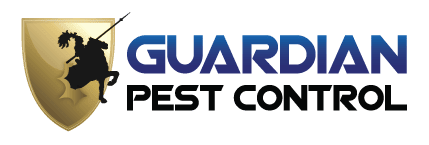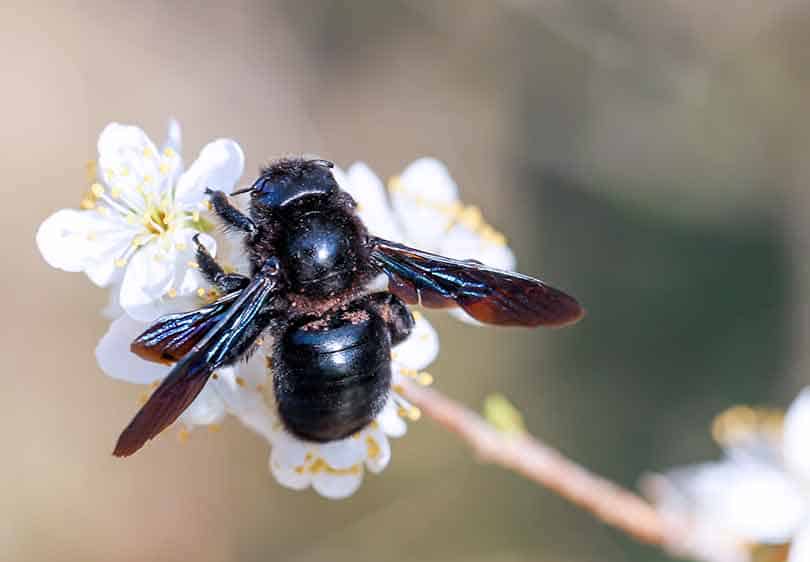Premier Vole Control Service Providers in Utah
Premier Vole Control Service Providers in Utah
Blog Article
Comprehensive Parasite Control Solutions to Fight Vole Infestations
Vole problems can swiftly rise, causing damages to landscapes, yards, and grass. The effect of these small rodents can be significant and swift, requiring an extensive pest control strategy to properly handle the situation. Comprehending the actions and biology of voles is essential in devising an incorporated strategy that not only attends to the present problem but also stops future events. By using a combination of identification, habitat, exclusion, and capturing alteration methods, expert parasite control solutions can supply a tailored solution to combat vole invasions. The vital lies in executing a well-shaped plan that not only removes existing voles but also establishes long-term control steps to safeguard versus future intrusions.
Vole Recognition and Inspection
When checking for voles, look for their characteristic paths, burrow openings, and gnawed plant origins. Gnawed plant roots are an additional sign of vole activity, indicating their visibility and possible damage to greenery. By properly identifying these indicators, insect control professionals can tailor their strategies to effectively take care of vole invasions and shield gardens and backyards from more injury.

Capturing and Elimination Techniques
Effective pest control strategies for managing vole invasions usually involve employing specialized trapping and elimination methods. Trapping is an extensively used technique to record voles and transfer them away from buildings. Live catches, such as box catches or tube traps, are generally made use of as they permit the risk-free capture of voles without causing harm. These catches are tactically placed in vole paths or near burrow entries to increase the possibilities of effective capture.
When setting up catches, it is important to ensure they are placed appropriately and baited with vole-preferred food sources like peanut butter, seeds, or fruits. Regularly inspecting the traps is vital to without delay remove captured voles and prevent distress or damage to the pets. Once caught, voles need to be moved to ideal habitats far from human residences to avoid re-infestation.
In addition, exemption methods, such as installing barriers or fencing underground, can assist prevent voles from accessing certain locations. Proper disposal of caught voles and constant tracking of vole task are essential parts of an effective trapping and removal technique in vole invasion management.
Exemption and Obstacle Methods

By addressing these susceptabilities and carrying out targeted exemption and barrier actions, home proprietors can significantly lower the danger of vole invasions. Ultimately, a combination of capturing, removal, and aggressive exemption actions can help efficiently handle vole populaces and protect properties from infestations.
Environment Adjustment and Avoidance
To minimize vole problems, environment alteration and avoidance approaches concentrate on altering the environment to discourage vole habitation. One reliable approach is lowering the schedule of food resources by maintaining yard cut short, getting rid of weeds and debris, and maintaining a tidy yard. Voles are attracted to locations with thick plants and mess, so creating open spaces can aid hinder them from resolving in the location. Furthermore, decreasing excess dampness by dealing with dripping pipes, guaranteeing proper drainage, and getting rid of standing water can make the atmosphere much less friendly for voles.
Including obstacles like gravel borders or cord mesh underground can also avoid voles from delving right into lawns or yards. By applying these habitat adjustments and avoidance actions, residential or commercial property owners can proactively decrease the danger of vole problems and shield their outdoor spaces from damages.
Tracking and Follow-Up Methods
Follow-up methods include revisiting the treated locations to look for any indicators of vole task. Keeping track of terminals, catches, and visual assessments are typically used approaches to assess the success of the parasite control measures. By consistently checking these locations, insect control specialists can rapidly determine any kind of rebirth of vole activity and take proactive steps to attend to the issue before it intensifies.
In addition, recording the outcomes of monitoring and follow-up activities is important for tracking the progression of vole infestation control in time. These records assist in determining patterns, examining the efficiency of different control techniques, and making notified decisions for future insect administration techniques. Routine follow-up procedures not just aid in protecting against vole re-infestations yet additionally add to the total success of parasite control initiatives.
Conclusion
Finally, detailed insect control services are vital for successfully combating vole invasions. By checking and determining vole populations, implementing capturing and removal methods, using exclusion and barrier approaches, changing environments, and executing surveillance and follow-up approaches, home owners can successfully take care of and stop future infestations. It is important to attend to vole invasions promptly to stay clear of damage to residential or commercial property and possible health and wellness risks.
By using a mix of identification, trapping, go to this web-site environment, and exclusion adjustment strategies, expert parasite control services can supply a tailored remedy to deal with vole infestations (best click to read vole pest control). By properly determining these indications, pest control experts can customize their methods to properly handle vole problems and protect gardens and backyards from further damage
Reliable insect control methods for managing vole infestations commonly involve employing specialized trapping and elimination techniques.To reduce vole invasions, environment modification and prevention techniques concentrate on modifying the environment to dissuade vole habitation.Routine surveillance and follow-up treatments are important in preserving vole invasion control procedures and ensuring long-lasting success in bug monitoring.
Report this page